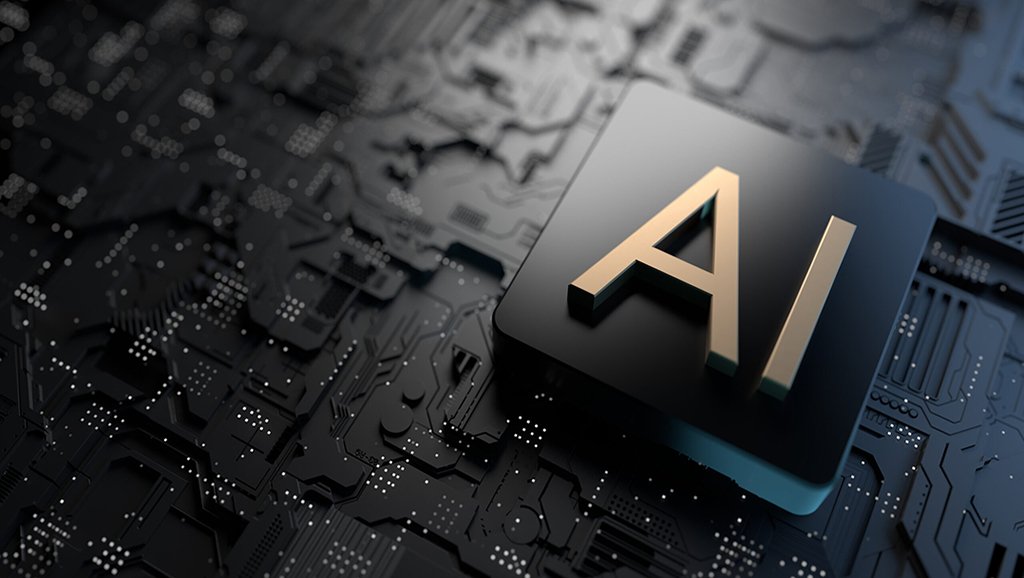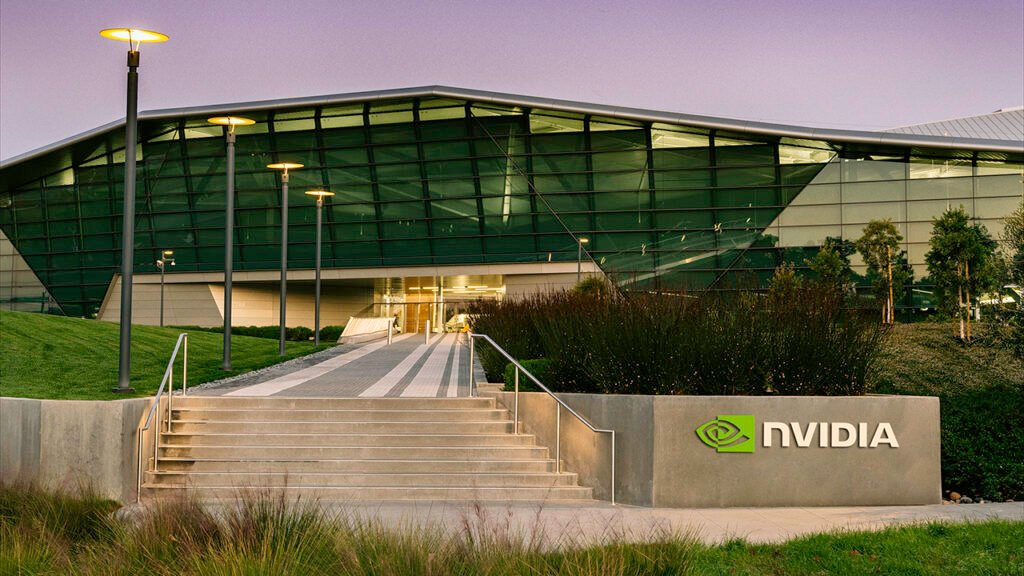THE HISTORY OF ARTIFICIAL INTELLIGENCE
Artificial Intelligence (AI) has become a significant part of our everyday lives, but its roots trace back many decades. Let’s delve into the fascinating history of AI.
The Dawn of AI (1940s – 1950s)
The concept of AI was first introduced by British mathematician and logician Alan Turing. In 1950, Turing proposed the idea of a “Universal Machine” that could simulate the logic of any computer algorithm, which is now known as the Turing Machine. He also introduced the Turing Test to measure a machine’s ability to exhibit intelligent behavior equivalent to, or indistinguishable from, human behavior.
The Golden Age (1956 – 1974)
The term “Artificial Intelligence” was coined by John McCarthy at the Dartmouth Conference in 1956. This period saw major advances in problem-solving, knowledge representation, and natural language processing. Early AI programs like General Problem Solver and ELIZA were developed during this era.
The AI Winter (1974 – 1980)
The high expectations from the golden age led to disappointment when AI couldn’t deliver on its promises, leading to reduced funding and interest, a period known as the “AI Winter”.
The Revival (1980 – 1990)
The 1980s saw a revival of AI with the advent of Expert Systems, which are computer systems that emulate the decision-making ability of a human expert. These systems were used in fields like medical diagnosis and stock trading.
The Rise of Machine Learning (1990 – 2010)
In the 1990s, AI shifted towards Machine Learning (ML), a subset of AI that uses statistical techniques to give computers the ability to “learn”. ML algorithms are designed to improve their performance at tasks with experience.
The Era of Deep Learning (2010 – Present)
The current era of AI is dominated by Deep Learning, a subset of ML inspired by the structure of the human brain. Deep Learning models, known as Artificial Neural Networks, have led to breakthroughs in areas like image recognition, speech recognition, and natural language processing.
The Innovation of Artificial Intelligence
Artificial Intelligence (AI) is a transformative technology that is reshaping our world. It is a wide-ranging tool that enables us to rethink how we integrate information, analyze data, and use the resulting insights to improve decision-making.
Qualities of Artificial Intelligence
AI is a technology that enables computers and digital devices to learn, read, write, create, and analyze. It is a wide-ranging tool that allows us to rethink how we integrate information, analyze data, and use the resulting insights to improve decision-making.
Applications in Diverse Sectors
AI is transforming every walk of life. It is being applied across a variety of sectors, including finance, national security, health care, criminal justice, transportation, and smart cities. AI and machine learning (ML) are playing an increasingly outsized role in strengthening and transforming industries around the world.
Policy, Regulatory, and Ethical Issues
AI raises important questions for society, the economy, and governance. Issues such as data access problems, algorithmic bias, AI ethics and transparency, and legal liability for AI decisions need to be addressed. There is a need to regulate broad AI principles rather than specific algorithms.
Recommendations
To maximize AI benefits, we need to encourage greater data access for researchers without compromising users’ personal privacy, invest more government funding in unclassified AI research, promote new models of digital education and AI workforce development, create a federal AI advisory committee to make policy recommendations, engage with state and local officials so they enact effective policies, and take bias complaints seriously so AI does not replicate historic injustice, unfairness, or discrimination in data or algorithms.
AI Innovation Conclusion
The future of AI is constantly in flux. AI is changing nearly every industry and will impact society in ways we are just beginning to understand4. Despite its widespread lack of familiarity, AI is a technology that is transforming every walk of life. It may greatly increase the efficiency of the existing economy and may have an even larger impact by serving as a new general-purpose “method of invention” that can reshape the nature of the innovation process and the organization of R&D5.
LATEST INNOVATIONS IN AI
Artificial Intelligence (AI) is one of the fastest developing technologies in the modern world, with innovations reshaping various sectors such as Finance, Healthcare, Business, Marketing, Security, Automation, and more. Here are some of the latest innovations in AI:
Intelligent Process Automation (IPA): IPA in AI allows companies to automate the processing of unstructured data, which is more difficult for machines to understand than structured data. IPA is used in the banking and financial industries along with other technologies such as Machine Learning, Cognitive Automation, and Robotic Process Automation.
AI in Healthcare: AI is supporting the healthcare business in a meaningful and precise way. Some of the latest innovations of AI in healthcare include:
AI applications that recognize different mental health problems and offer cognitive behavioral therapy.
AI is utilized to detect any symptoms of domestic abuse that may be experienced by individuals by identifying damage patterns and studying the types of fractures depicted on X-rays.
AI can recognize the sort of stroke a patient is having and determine where the clotting or bleeding is occurring.
AI has made it possible to monitor brain health in real time.
Multimodality, Constitutional AI, and Text-to-Video: These were three of the biggest innovations in artificial intelligence in the past year.
Gartner Hype Cycle™: The 2023 Gartner Hype Cycle™ identifies exciting innovations in artificial intelligence that will be beneficial to businesses.
These innovations are not only reshaping the world but also altering people’s perceptions about technology. As AI continues to evolve, we can expect to see even more groundbreaking innovations in the future.
KEY MILESTONES IN THE HISTORY OF ARTIFICIAL INTELLIGENCE
1941-1956: Birth of Artificial Intelligence
The concept of AI was first introduced by British mathematician and logician Alan Turing.
Turing proposed the idea of a “Universal Machine” that could simulate the logic of any computer algorithm, which is now known as the Turing Machine.
He also introduced the Turing Test to measure a machine’s ability to exhibit intelligent behavior equivalent to, or indistinguishable from, human behavior.
1956-1974: Early Successes
The term “Artificial Intelligence” was coined by John McCarthy at the Dartmouth Conference in 1956.
This period saw major advances in problem-solving, knowledge representation, and natural language processing. Early AI programs like General Problem Solver and ELIZA were developed during this era.
1974–1980: First AI Winter
The high expectations from the golden age led to disappointment when AI couldn’t deliver on its promises, leading to reduced funding and interest.
1980–1987: Boom
The 1980s saw a revival of AI with the advent of Expert Systems, which are computer systems that emulate the decision-making ability of a human expert.
1987–1993: Second AI Winter
Another period of reduced funding and interest in AI due to the inability to fulfill the promises.
1993–2011: AI
In the 1990s, AI shifted towards Machine Learning (ML), a subset of AI that uses statistical techniques to give computers the ability to “learn”.
2011–2020: Deep Learning, Big Data
The current era of AI is dominated by Deep Learning, a subset of ML inspired by the structure of the human brain.
Deep Learning models, known as Artificial Neural Networks, have led to breakthroughs in areas like image recognition, speech recognition, and natural language processing.
2020–Present: Large Language Models, AI Era
The advancement of natural language processing and computer vision in the 2000s and 2010s.
The development of large language models has significantly improved the capabilities of AI systems.
These milestones represent the evolution of AI over the decades, from its conceptual inception to the sophisticated systems we see today
FINAL CONCLUSION
The history of AI is a story of dreams, disappointments, and ultimately, triumphs. As we stand on the brink of a new era, where AI is poised to reshape every aspect of our lives, it’s worth remembering the journey that brought us here.


